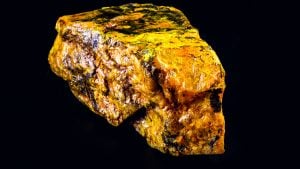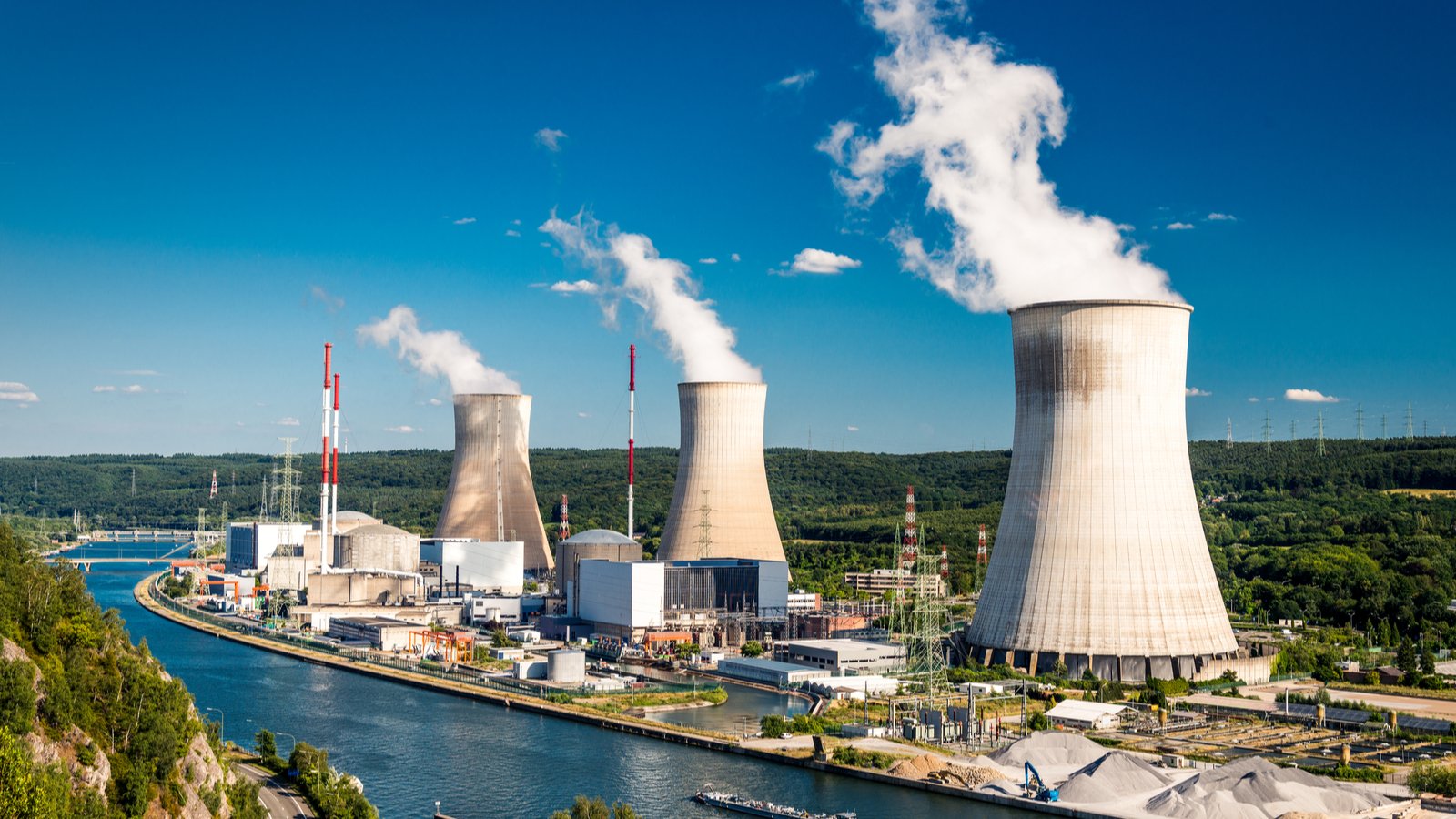Many movie buffs are eagerly awaiting the debut of “Oppenheimer” which is set to release on July 21. The movie will draw attention to the perils of nuclear power. However, if you’re interested in investing in nuclear stocks, you’ll want to look at nuclear energy through a wider lens.
When you do, you’ll see that nuclear power is one of the only forms of truly clean energy. That’s why, after being out of favor for over a decade, demand for nuclear power is on the rise.
In 2021, the World Nuclear Association reported that 444 nuclear power plants were in operation globally. However, as of this writing, there are 479 nuclear power plants that have been proposed, are planned, or are under construction.
Every new and existing reactor will need uranium. Due to the mineral’s significance in nuclear energy, demand for global uranium is forecast to reach 209 million pounds by 2035.
Uranium exhibits a supply and demand imbalance that will need to be solved. And that’s why now is a good time to consider investing in nuclear stocks. If you’re comfortable with themed investing, here are three uranium stocks to consider for reasonable speculation.
BHP Group

BHP Group (NYSE:BHP) isn’t a pure play on investing in nuclear stocks, but the mining company does present investors with a compelling option. And the reason is due to copper.
The company’s signature project is its Olympic Dam project in South Australia. In addition to having one of the world’s largest deposits of uranium, the mine also has ample reserves of copper.
Copper is essential for meeting demand as America continues to update an aging electrical grid while also pivoting to technologies like solar panels, wind turbines, and electric vehicles.
The demand for both uranium and copper may be one reason that JPMorgan Chase (NYSE:JPM) upgraded BHP stock from “Neutral” to “Overweight” in July.
BHP stock has a forward price-to-earnings (P/E) ratio of approximately 11x earnings. And for dividend-oriented investors, the company’s semi-annual dividend currently yields 5.75%
Cameco Corporation

Cameco Corporation (NYSE:CCJ) runs the largest uranium mine in the world, the McArthur River mine in Saskatchewan, Canada. However, the company also has mining operations in the United States and Kazakhstan, making it the world’s second-largest provider of uranium fuel.
But one of the compelling arguments for owning CCJ stock has to do with the company’s current strategy. The spot price of uranium currently sits at $56. That’s an impressive gain from a low of around $20 in 2020. But it’s far below the all-time high of $140.
With that in mind, Cameco is currently satisfying demand by buying uranium in the spot market. The idea is to save its reserves for a time when uranium prices are higher.
That’s not to say the company isn’t increasing production. After the Russian invasion of Ukraine, the spot price of uranium spiked higher, and the company responded by increasing its annual production by 70% on a year-over-year basis. The company is on pace to produce 20 million pounds of uranium this year.
Global X Uranium ETF

Investors can manage the risks involved in themed investing with an exchange-traded fund (ETF). If you’re considering investing in nuclear stocks, the Global X Uranium ETF (NYSEARCA:URA) is one to consider.
As of July 14, 2023, the Global X Uranium ETF has $1.56 billion of assets under management. The fund’s portfolio includes both uranium miners and refiners. It also features some of the pick and shovel equipment manufacturers that are needed to mine uranium.
The underlying index for the ETF is the Solactive Global Uranium Index. While this does help to smooth the volatility present in any individual stock, it’s important to note that Cameco Corporation is currently 23.5% of the fund’s weighting.
From a technical standpoint, URA has recently broken above its 50- and 200-day moving averages. This also happened in June, but the price retreated soon after. The current trend has more weight to it since the stock is forming a bullish pattern and has multiple long-term catalysts that can spark further growth.
On the date of publication, Chris Markoch did not have (either directly or indirectly) any positions in the securities mentioned in this article. The opinions expressed in this article are those of the writer, subject to the InvestorPlace.com Publishing Guidelines.
